The rock ’n’ roll icon brings his blues-rockin’ Orgy of The Damned to the people headlining the S.E.R.P.E.N.T. Blues Festival tour.
Slash’s blues-rock romp Orgy of The Damned debuted at No. 1 on Billboard’s Blues Albums Chart this spring. Now, the legendary guitar slinger is taking it to the people with his 29-date S.E.R.P.E.N.T. Blues Festival tour. When Slash’s Blues Ball Band played an intimate pre-tour gig at the Gibson Garage in Nashville, they invited John Bohlinger and the PG team.
Before shooting our Rundown with singer/guitarist Tash Neal and Slash’s tech, Ace Bergman, Slash sat down with PG for a chat. The maestro tells Bohlinger about how he found his blues sound on a 1963 Gibson ES-335 he picked up at Norman’s Rare Guitars in Los Angeles. That guitar was copied by the Gibson Custom Shop for the Slash 1963 ES-335 Collector’s Edition model, which he now brings on the road.
On Orgy of the Damned, Slash and company are digging into a different repertoire than his usual hard-rock-’n’-rollin’ fare. In this case, he’s re-exploring influences and old bands. “All these songs had … a very specific influence on me,” he explains. Back in the ’90s, Slash formed his Blues Ball Band, and he was inspired to pick that project back up, record, and hit the road to play “music that I really loved when I was a kid.Brought to you by D’Addario
Bettin' on 'Birds
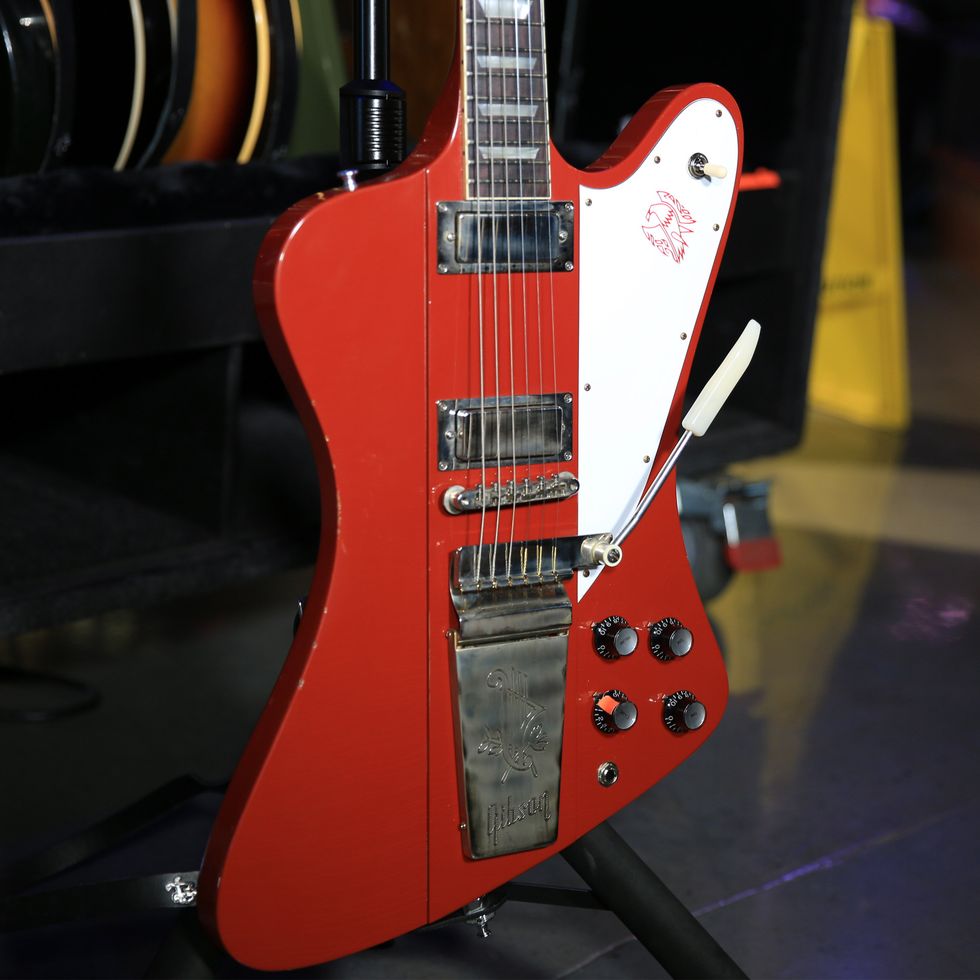
Slash tours with a pair of Gibson Custom 1963 Firebird Vs. He doubles up almost all of the guitars he carries. This red one is his go-to, while a green one serves as backup. “They just sound great,” he explains. Bergman says both are “pretty straightforward” models, and like most of his guitars, they’re tuned a half-step down and strung with Ernie Ball .011–.048s.
The Prototype
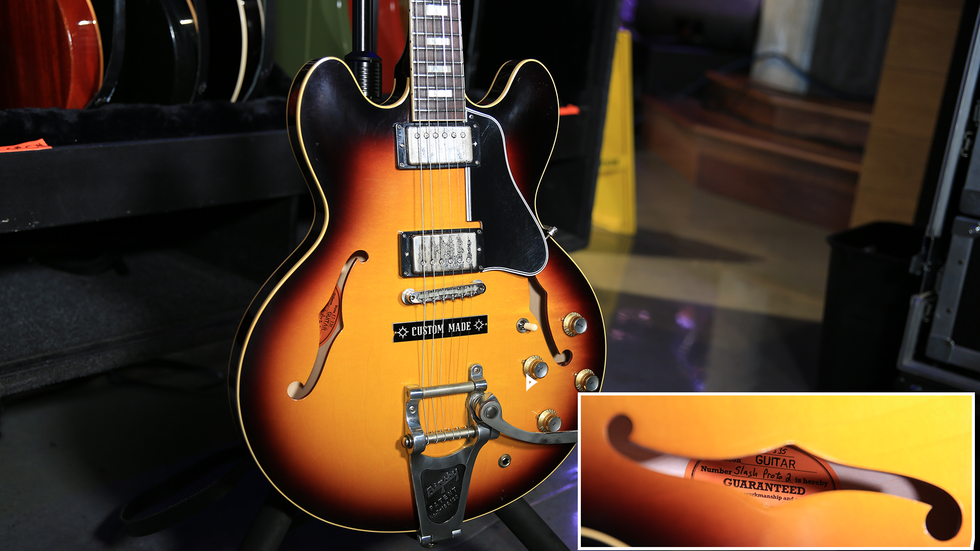
This prototype of the limited Collector’s Edition reproduction of Slash’s 1963 ES-335 sports a vintage sunburst finish with Murphy Lab light aging to match his original. It also includes a Bigsby B7 vibrato tailpiece, unpotted Custombucker pickups, and period-correct nylon saddles.
“This one looks so much like the original,” explains Bergman, “that when they were doing the photoshoot, they had to keep them separate, just so they wouldn’t end up in the wrong case and get mixed up.”
Scala Special
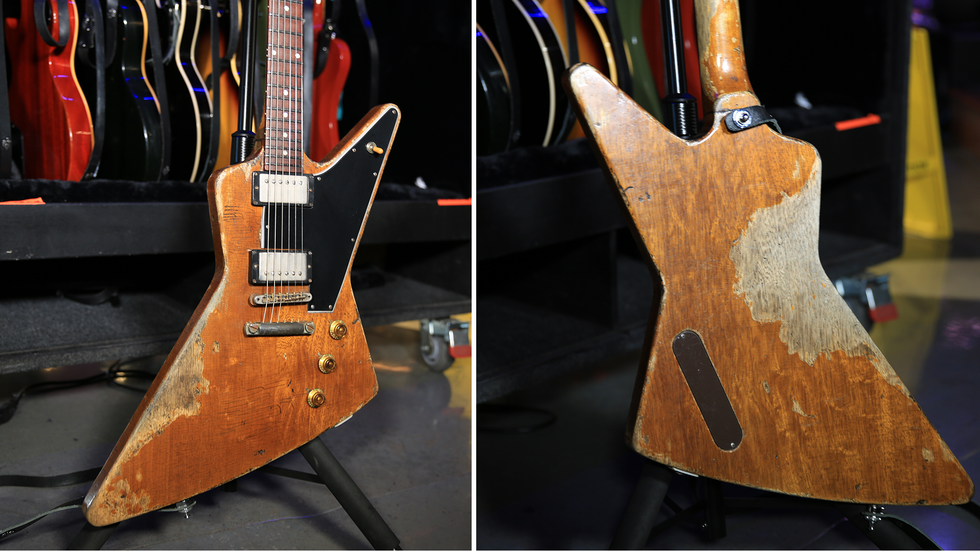
This heavily relic’d Gibson Custom Shop Master Artisan Collection Leo Scala Explorer was built to ’58 specs by luthier Leo Scala. (Tech Ace Bergman notes that it was influenced by the famous Big Ed 1958 Gibson Explorer.) “It’s a real special guitar; he loves it a lot,” says Bergman.
Winner by a Neck
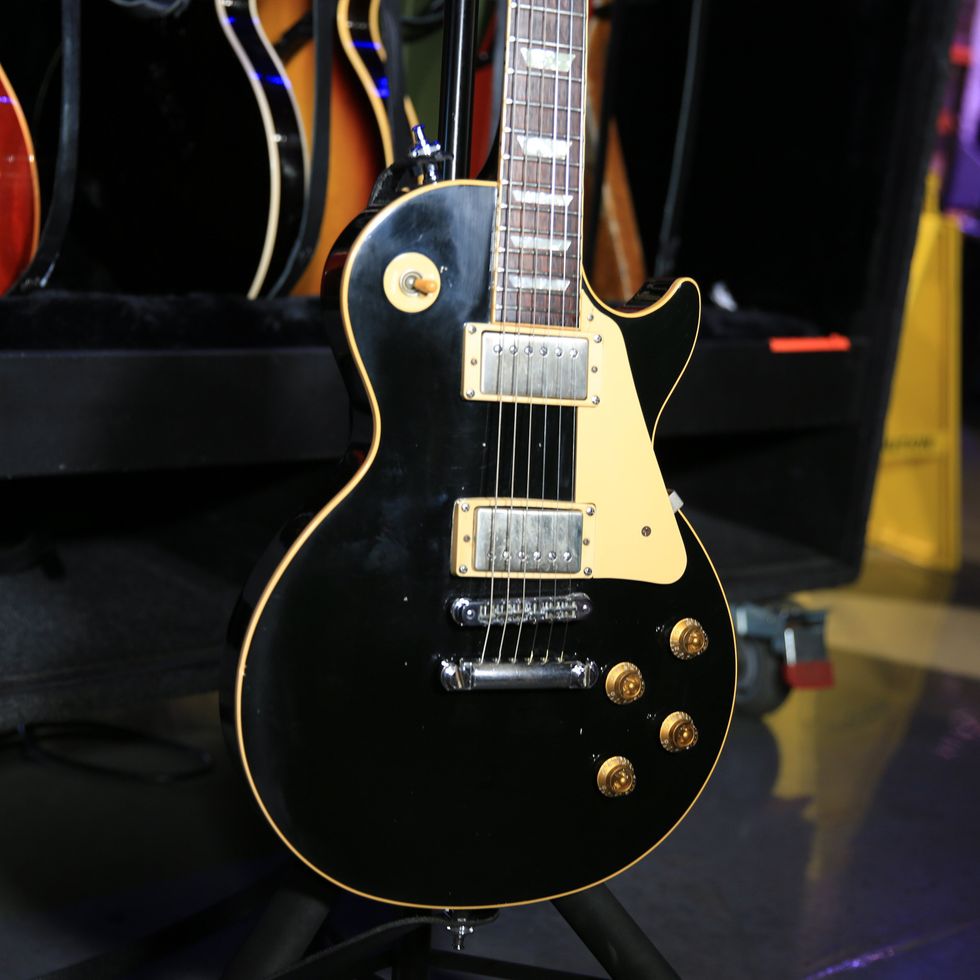
Slash’s black 1986 Gibson Les Paul Standard rocks a set of his signature Duncan pickups. Other than that, it’s what you’d expect. “It’s a Standard, so you can find the specs anywhere,” says Bergman. “One of the main things he looks for in a guitar is the neck. If he likes the neck, that’s a big plus.”
Metal Warrior
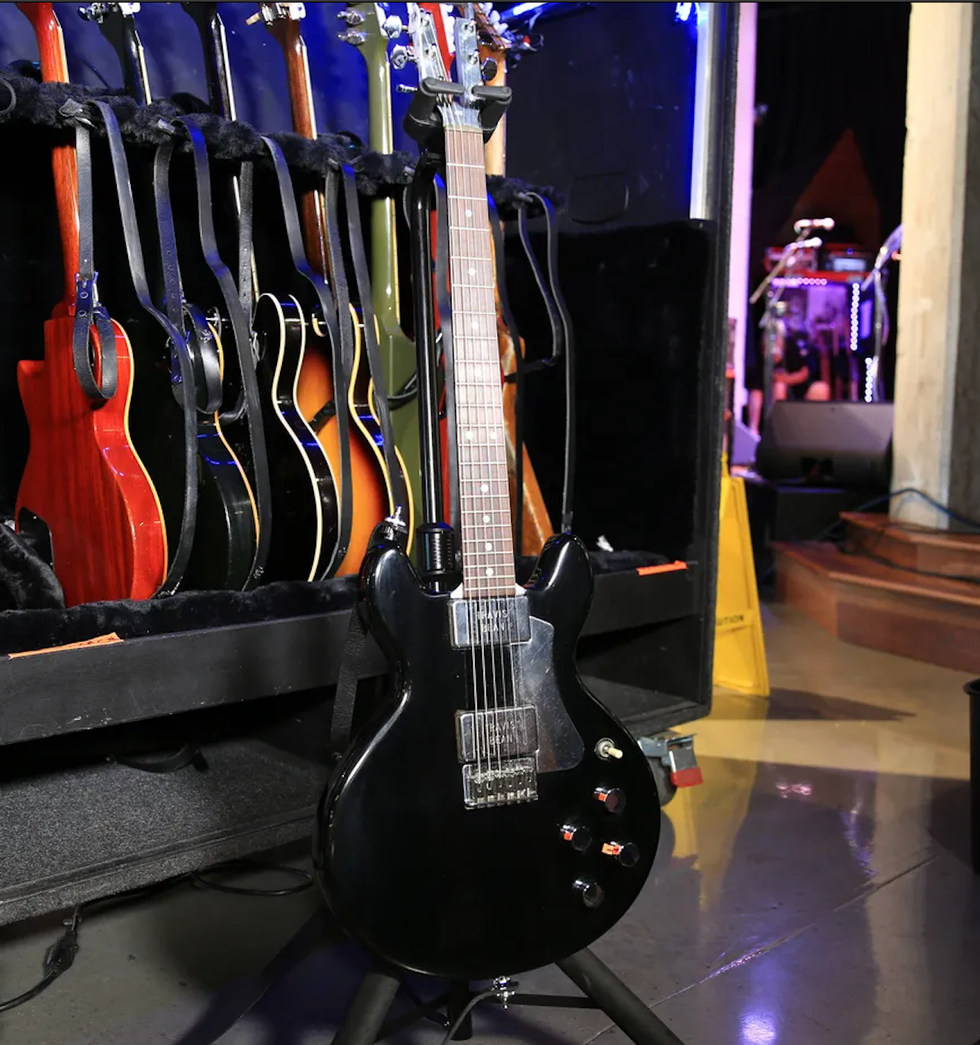
The only non-Gibson in the arsenal is Slash’s Travis Bean, used primarily for slide. “They’re really cool guitars,” Slash says of the vintage aluminum-neck model. Look closely, and you’ll see where his preferred settings are marked with red tape on each knob.
Amped Up on Magnatones
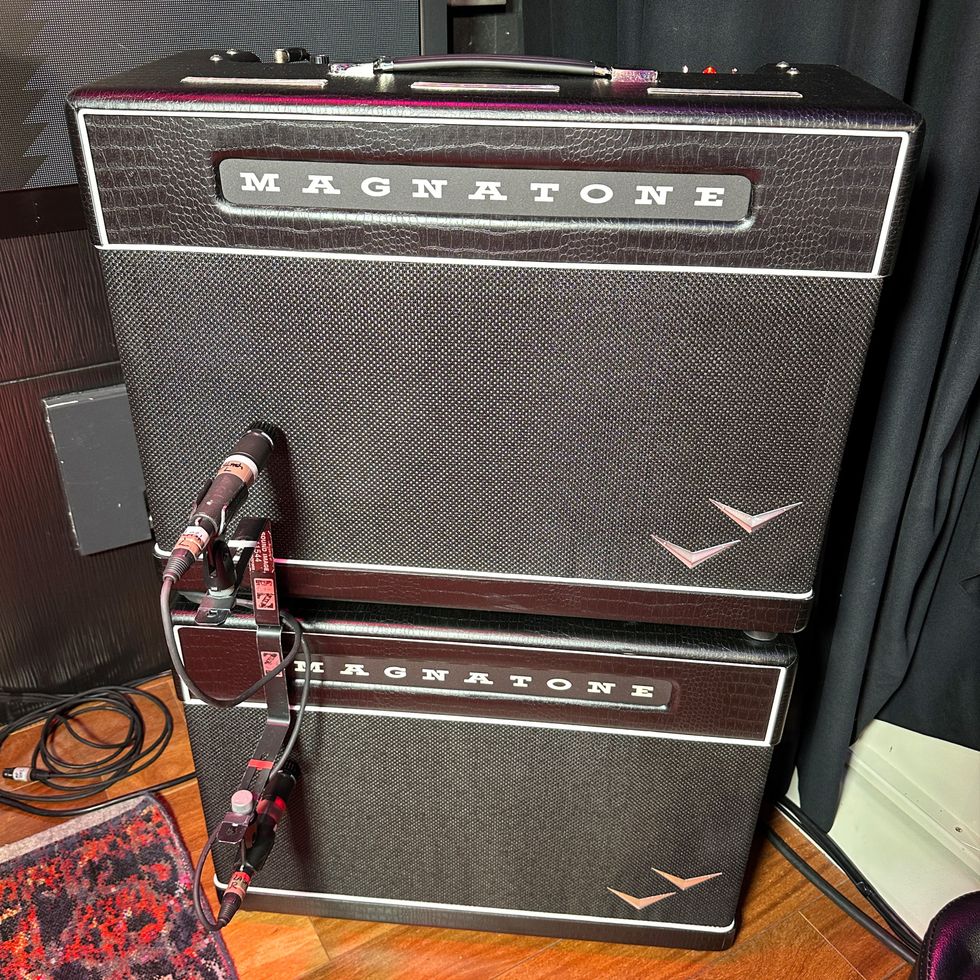
Slash has long been known to let it rip in front of an army of Marshalls. These days, though, he reaches for a Magnatone. “That changed a lot of things,” he says of the switch, calling them growly and old-school. “You could really get into the tones of the guitars.”
For gigs with the Blues Ball Band, he’s using M-80 combos loaded with Celestion Vintage 30s. Bergman assures that “they’re super loud.” Out of sight, Slash’s Talkbox is driven with a Magnatone Super Fifty-Nine M-80 head.
With His Own Two Feet
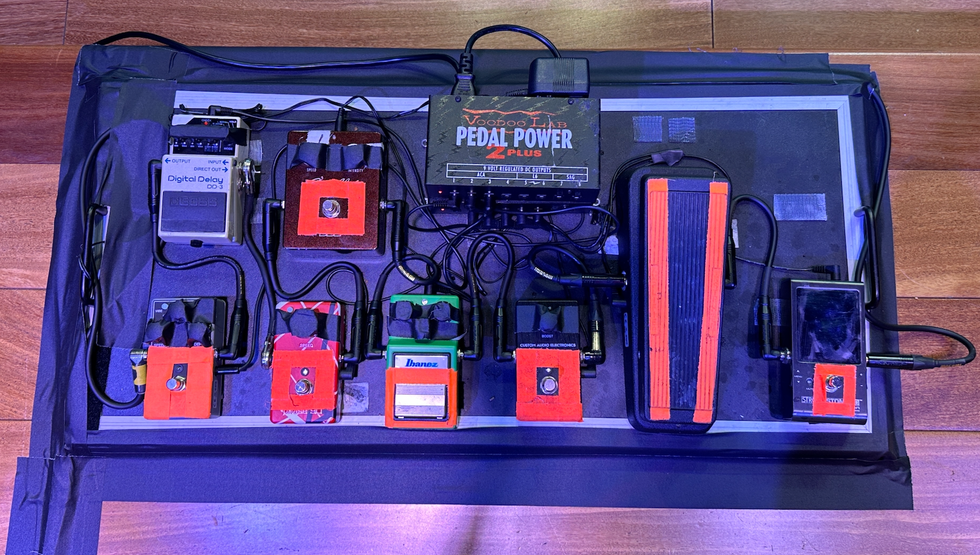
“I haven’t had a pedalboard in front of my feet since the ’80s,” Slash tells us. With the Blues Ball, though, he’s keeping it simple and stomping his own boxes. His chain includes a Peterson Strobostomp, Dunlop Cry Baby, MXR CAE Boost/Line Driver, Ibanez TS-9 Tube Screamer, MXR EVH90, BBE Soul Vibe Rotary Simulator, Boss DD-3 Digital Delay, MXR Uni-Vibe, and everything is powered with a Voodoo Lab Pedal Power 2 Plus.
All pedals are taped down with their settings dialed-in. When his signal leaves the board, it hits a Whirlwind Selector A/B box, where it splits off between his amps and his Talkbox rig.
Goin' for Gold
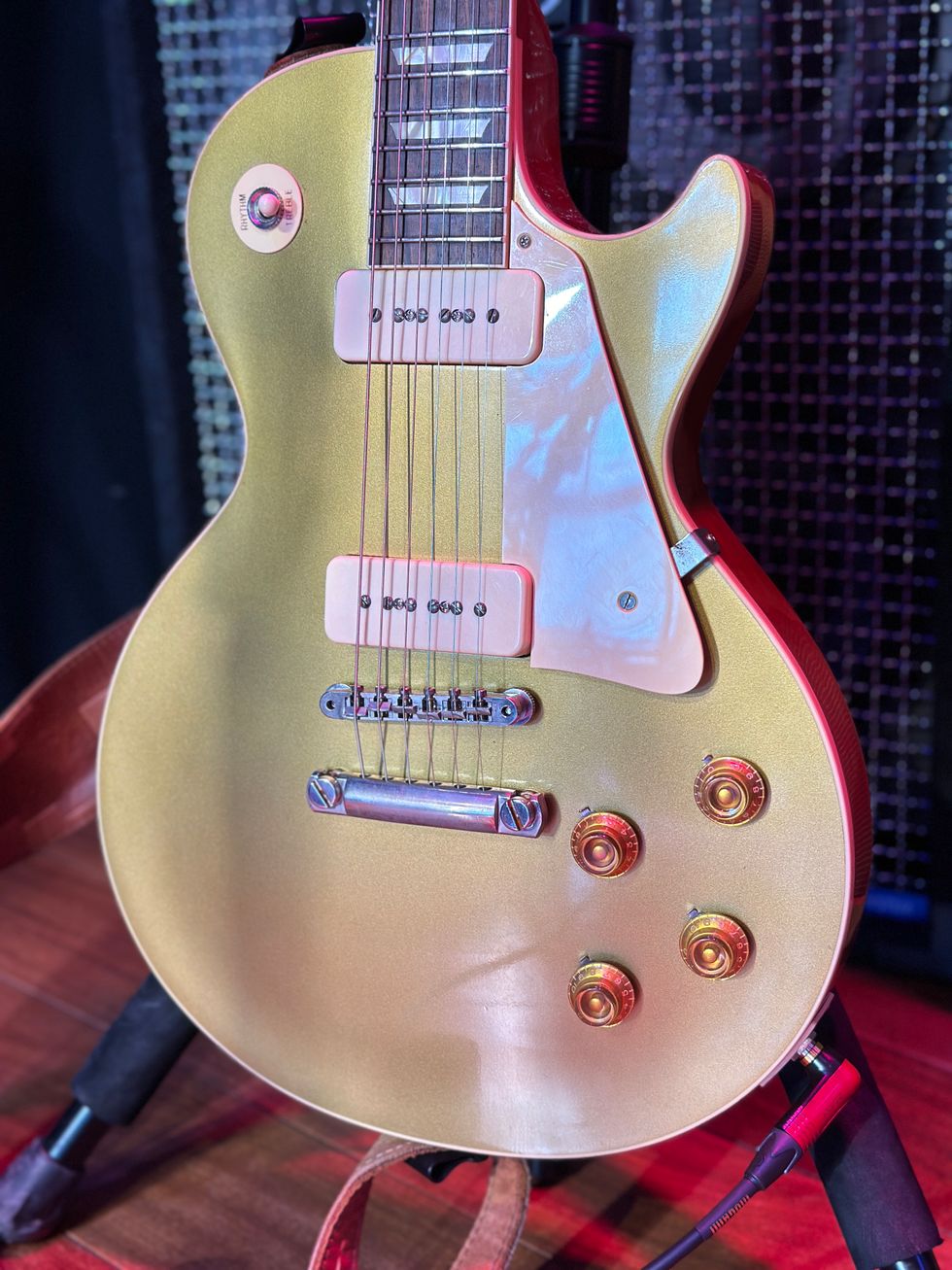
“I’ll play anything with six strings,” explains Neal, “but not everything is going to inspire stuff.” Tash tours with just two guitars. Both are completely stock, and both feature P-90 pickups. His go-to is this Gibson 1956 Les Paul Goldtop Reissue.
Mahogany Marvel
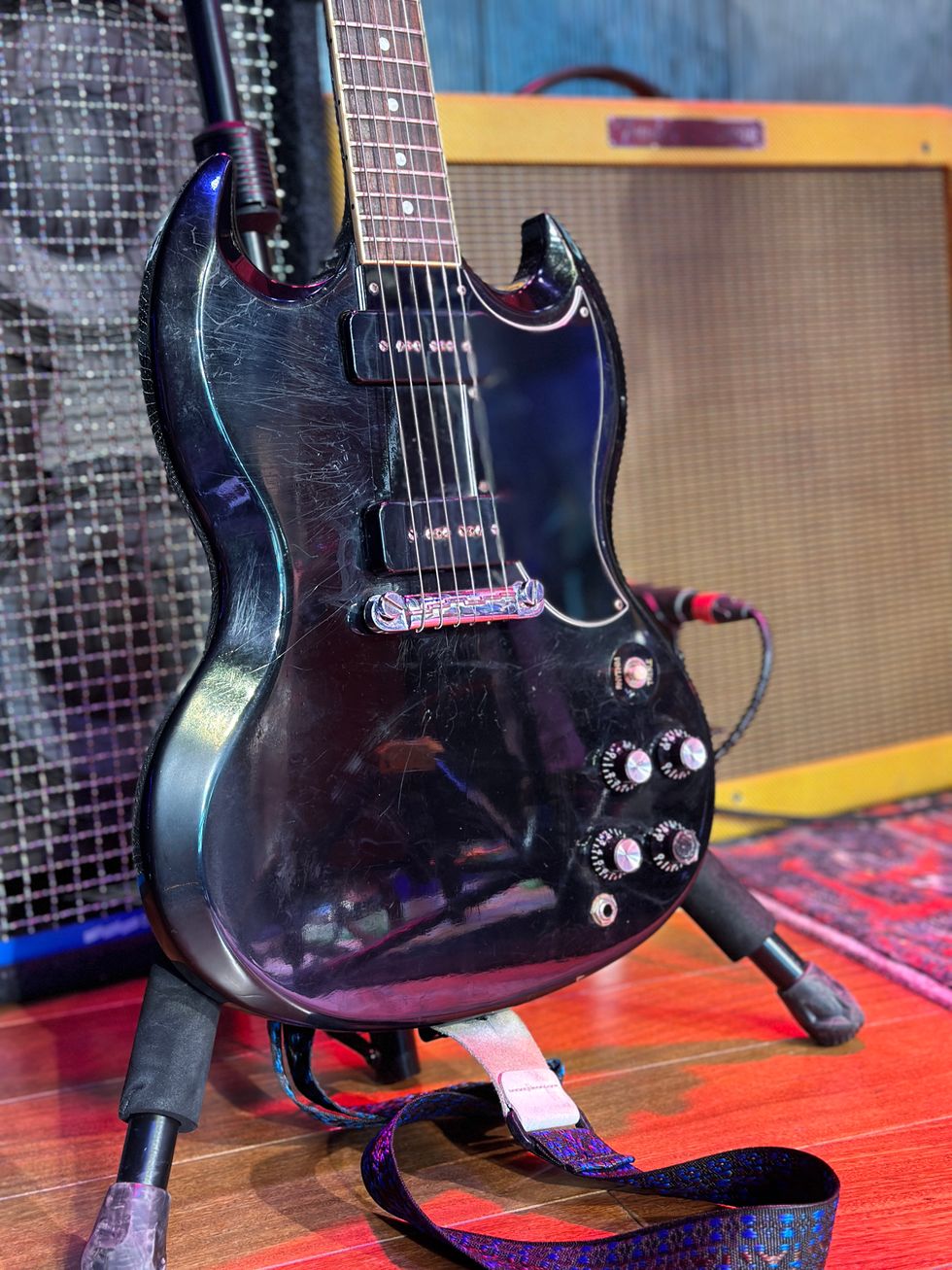
Neal’s backup is a beloved Gibson SG, which he bought a while ago after a back surgery, when he says he “needed a light guitar.” He’s used to breaking a lot of strings, so he started using heavier gauge D’Addario .011s on each axe to help keep them intact through the set!
New-Old Rock
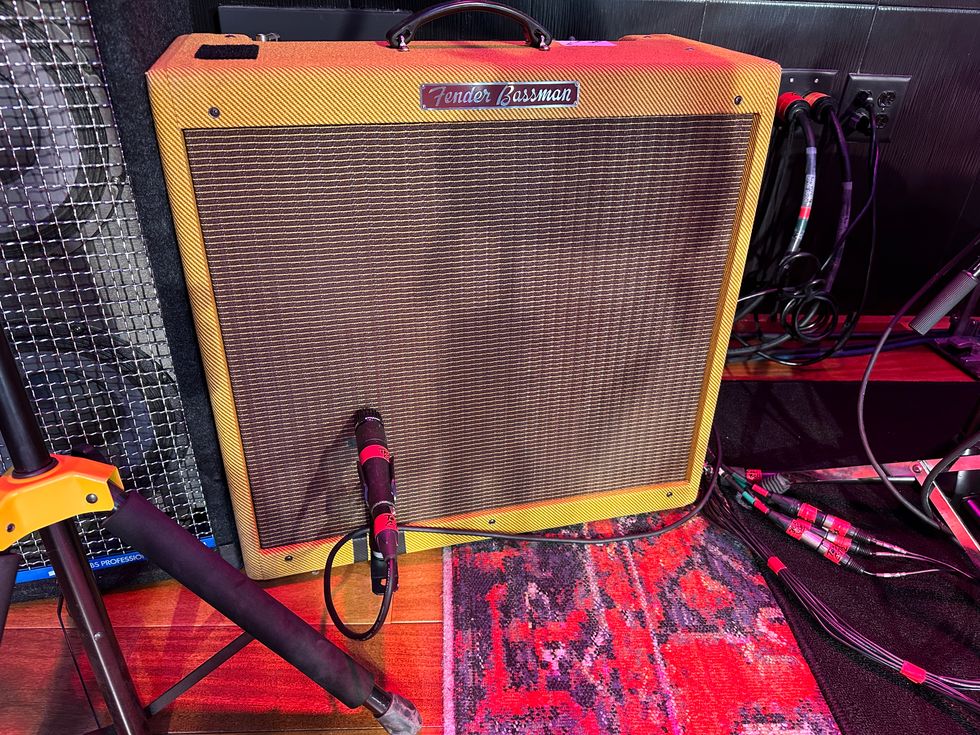
“Pedals are cool, but it’s paramount that the amp itself is doing it,” Neal explains. The singer/guitarist’s Fender ’59 Bassman reissue, which he says sounds warm and emotive, does the trick.
Spare Stompin'
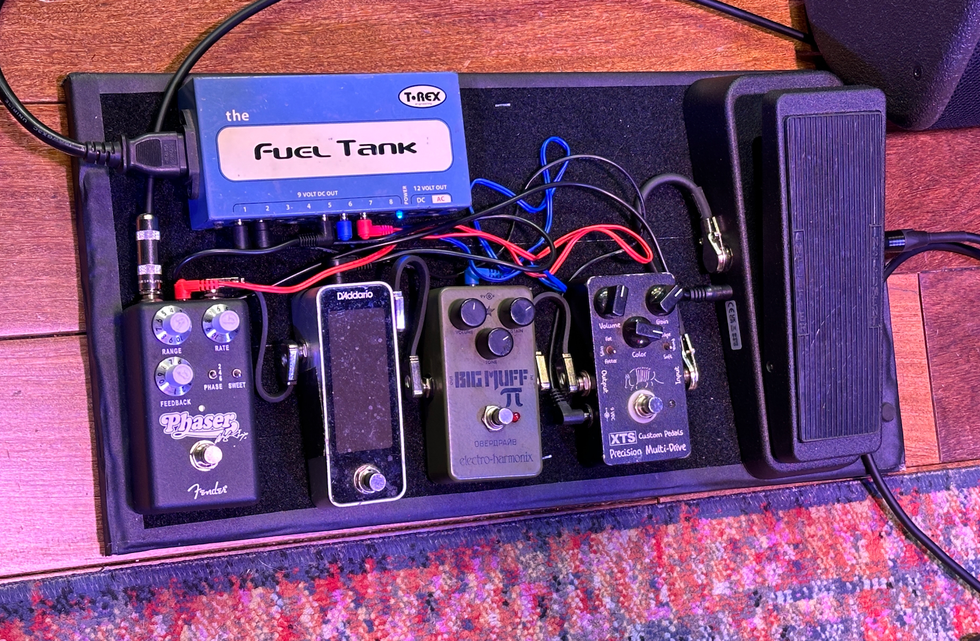
Neal keeps a modest pedalboard at his feet, which is loaded up with a D’Addario Chromatic Pedal Tuner, Dunlop Cry Baby, XTS Custom Pedals Precision Multi-Drive, EHX Green Russian Big Muff, and a Fender Waylon Jennings Phaser, all powered by a T-Rex Fuel Tank.
Shop Slash's Rig

Gibson Custom 1963 Firebird V
Gibson Slash Les Paul Standard Electric Guitar - Appetite Burst
Seymour Duncan APH-2s Alnico II Pro Slash Humbuckers (Set)
Seymour Duncan Slash 2.0 Humbucker (Set)
Magnatone Super Fifty-Nine M-80 2 x 12-Inch 45-Watt Combo
Magnatone Super Fifty-Nine M-80 - 45-Watt Tube Head
Boss DD-3 Digital Delay
MXR M68 Uni-Vibe Chorus / Vibrato Pedal
MXR EVH Phase 90 Eddie Van Halen Phase Pedal
Ibanez TS9 Tube Screamer
MXR MC401 CAE Boost/Line Driver Pedal
Dunlop 535Q Cry Baby Wah
Peterson StroboStomp HD Tuner
Voodoo Lab Pedal Power 2Plus
Radial Shotgun 4-Channel Amp Driver
Ernie Ball 2220 Power Slinky Nickel Wound Electric Guitar Strings - .011-.048
Dunlop Tortex 1.14 mm Picks
Gibson Les Paul Standard '50s Goldtop
Gibson SG Special Electric Guitar - Ebony
Fender '59 Bassman LTD 4 x 10-inch 45-Watt Tube Combo Amp
Fender Waylon Jennings Phaser
Electro-Harmonix Green Russian Big Muff Pi Fuzz
T-Rex Fuel Tank Classic Power Supply
D'Addario CT-20 Chromatic Tuner Pedal




![Rig Rundown: Russian Circles’ Mike Sullivan [2025]](https://www.premierguitar.com/media-library/youtube.jpg?id=62303631&width=1245&height=700&quality=70&coordinates=0%2C0%2C0%2C0)




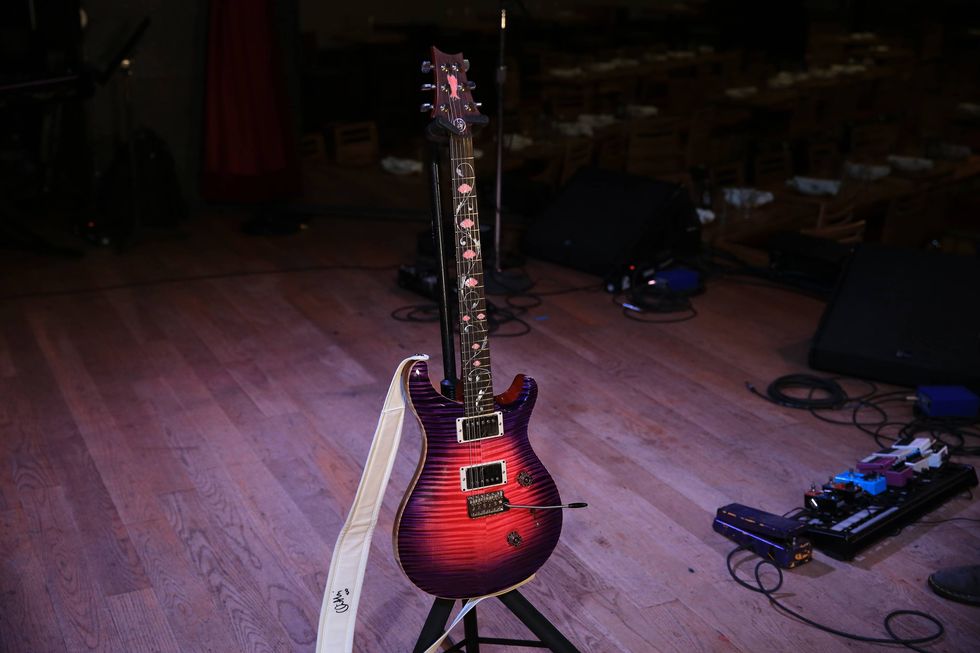
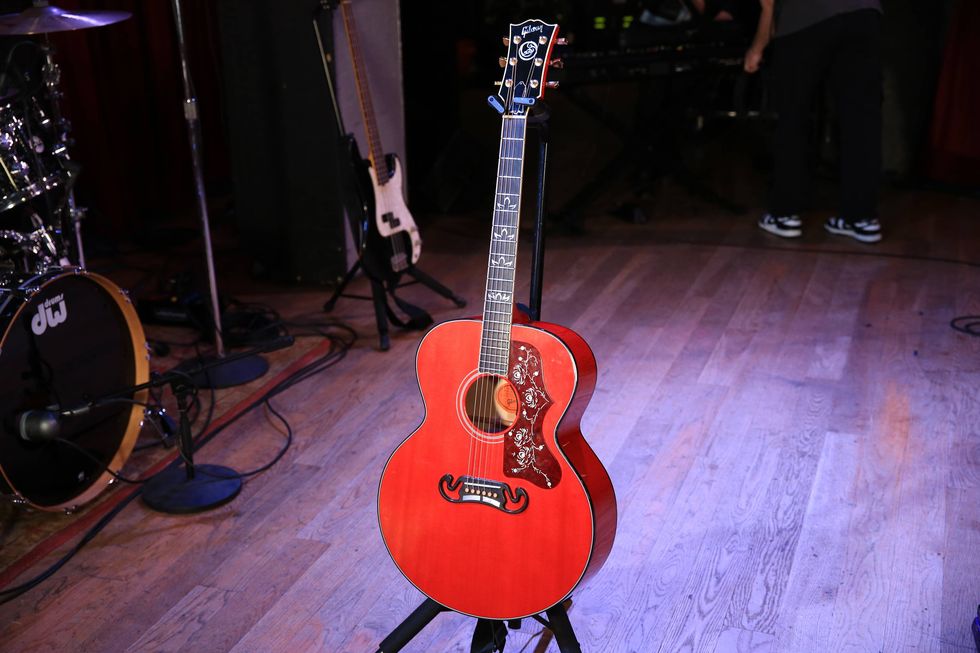
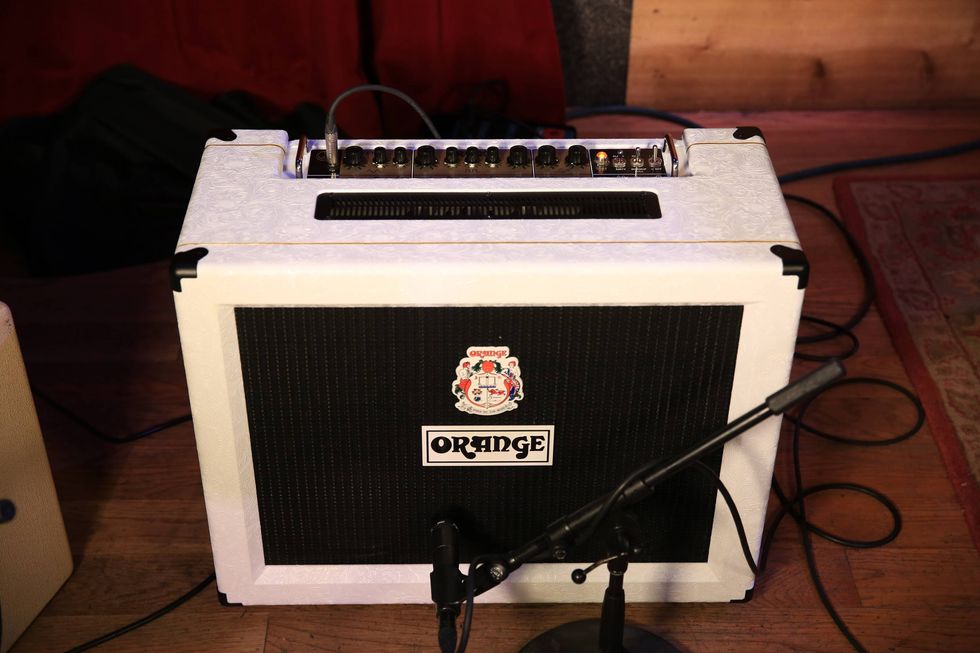
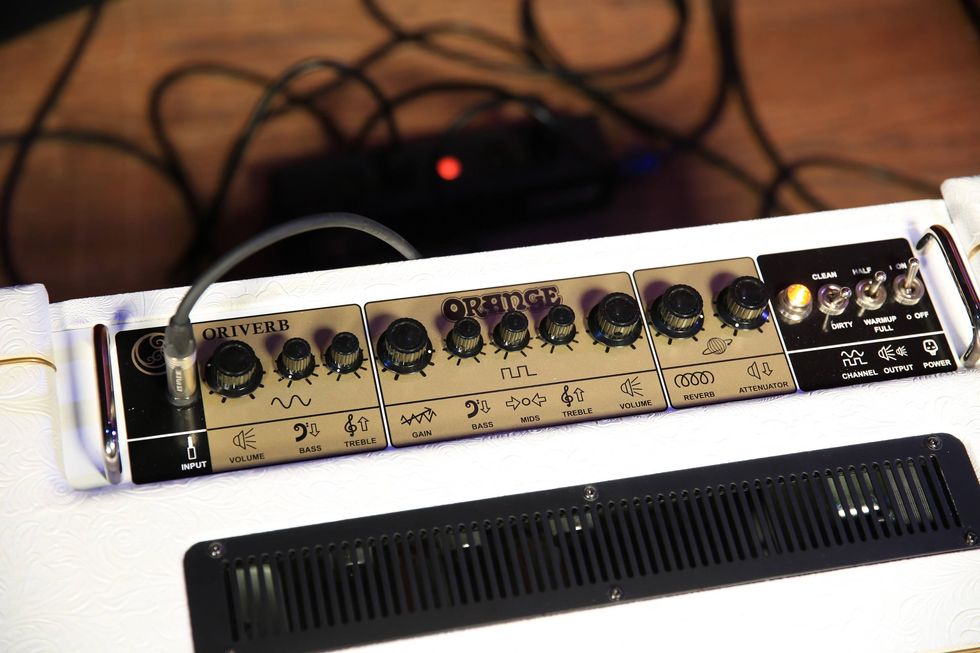
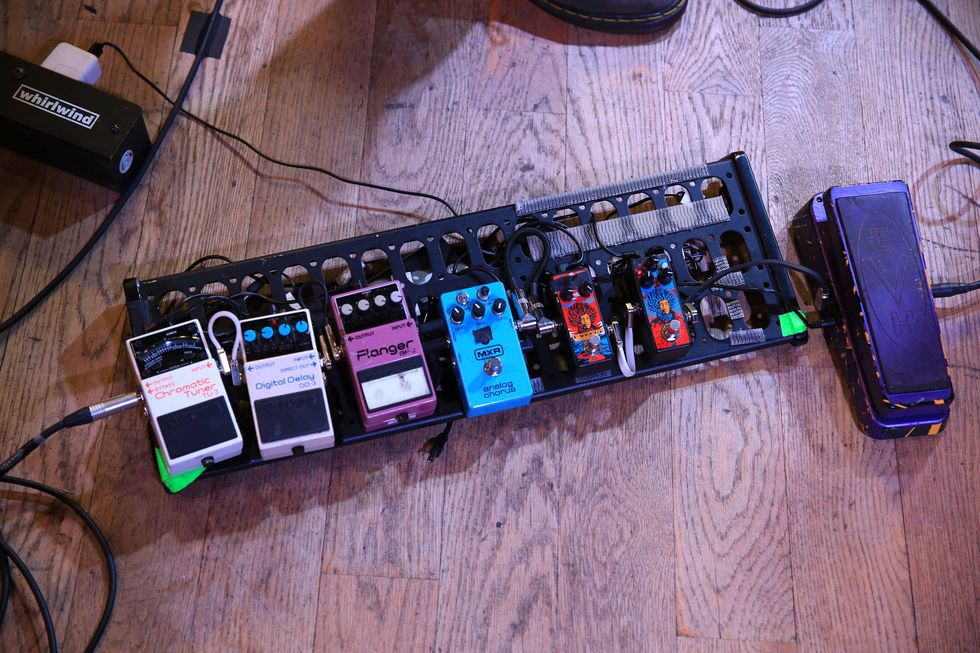


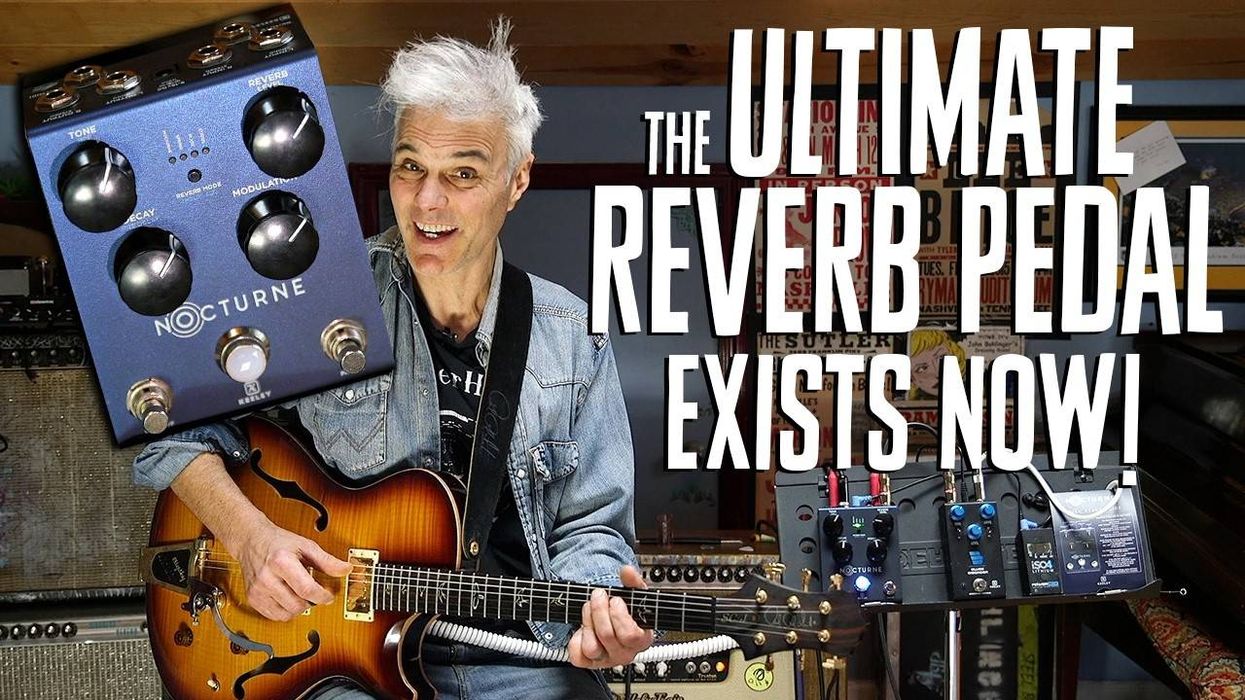



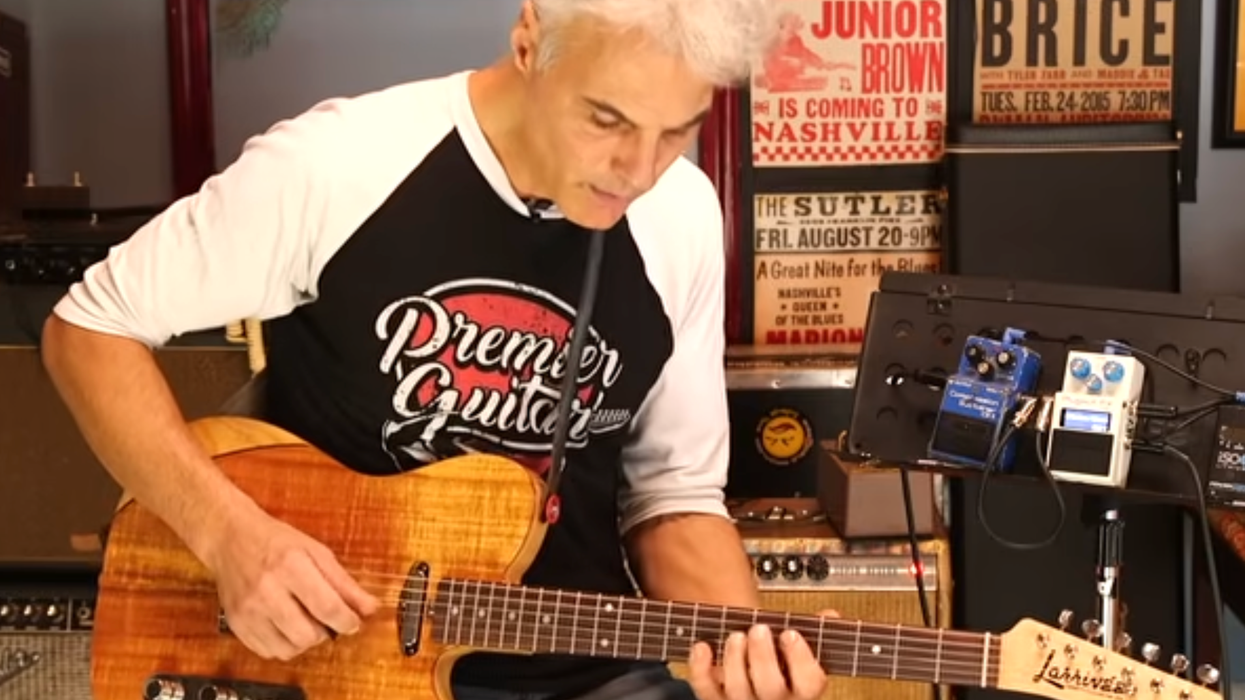
![Rig Rundown: AFI [2025]](https://www.premierguitar.com/media-library/youtube.jpg?id=62064741&width=1245&height=700&quality=70&coordinates=0%2C0%2C0%2C0)












 Shop Scott's Rig
Shop Scott's Rig







 Zach loves his Sovtek Mig 60 head, which he plays through a cab he built himself at a pipe-organ shop in Denver. Every glue joint is lined with thin leather for maximum air tightness, and it’s stocked with Celestion G12M Greenback speakers.
Zach loves his Sovtek Mig 60 head, which he plays through a cab he built himself at a pipe-organ shop in Denver. Every glue joint is lined with thin leather for maximum air tightness, and it’s stocked with Celestion G12M Greenback speakers.








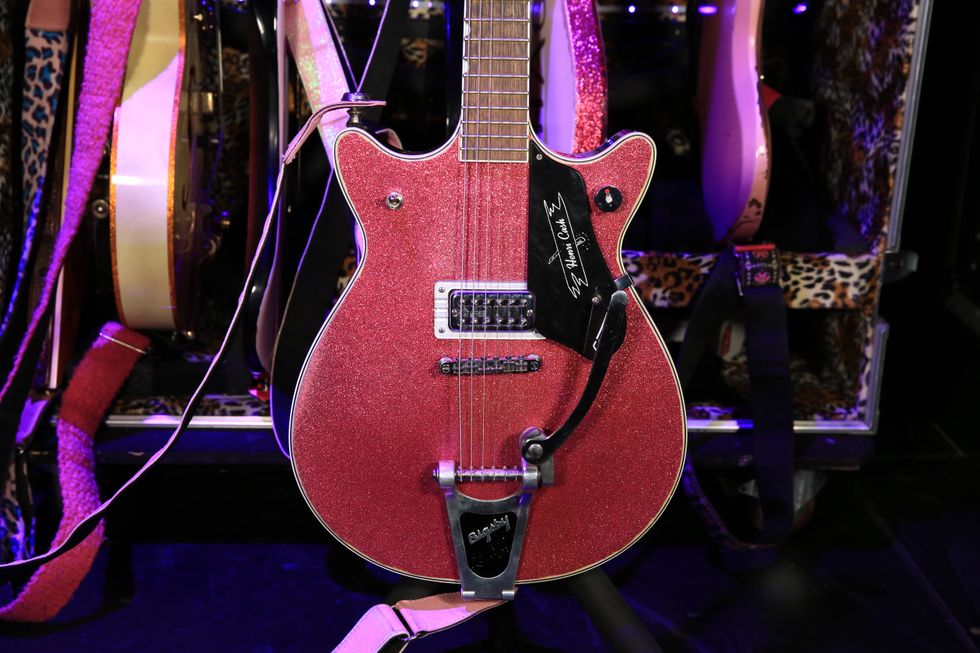
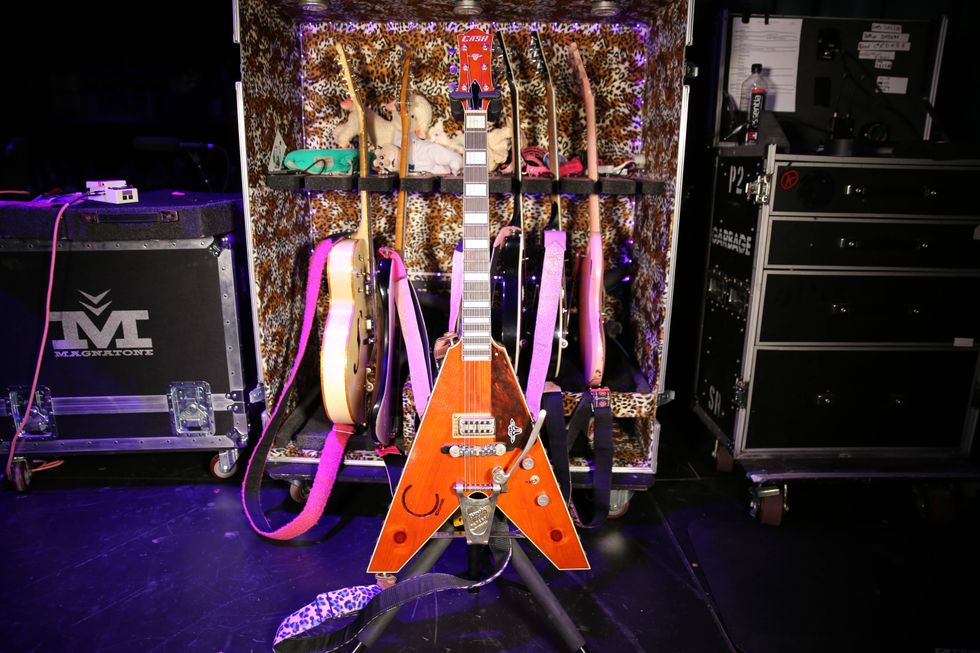
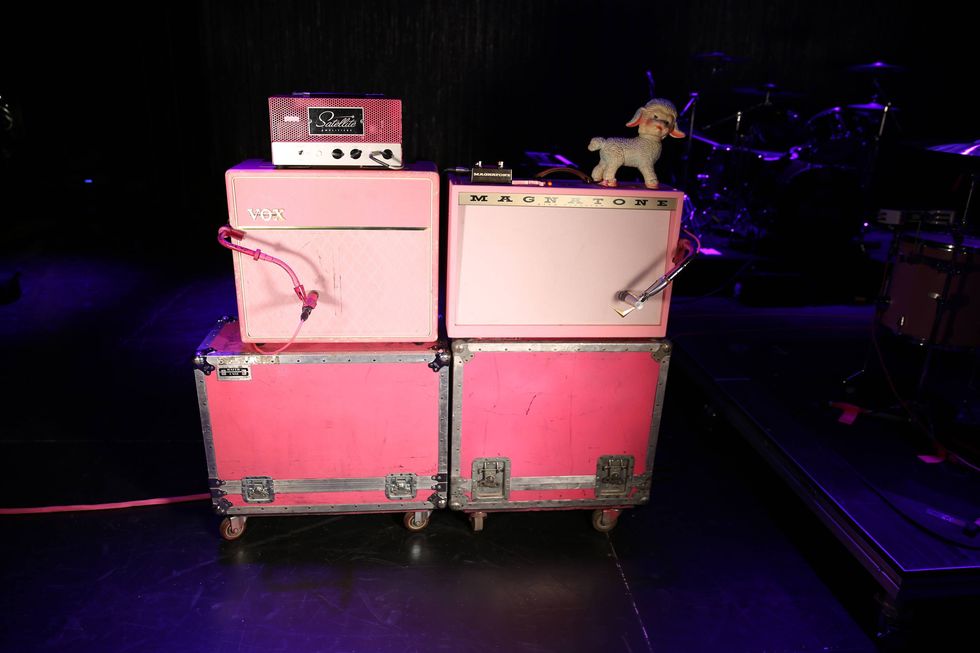
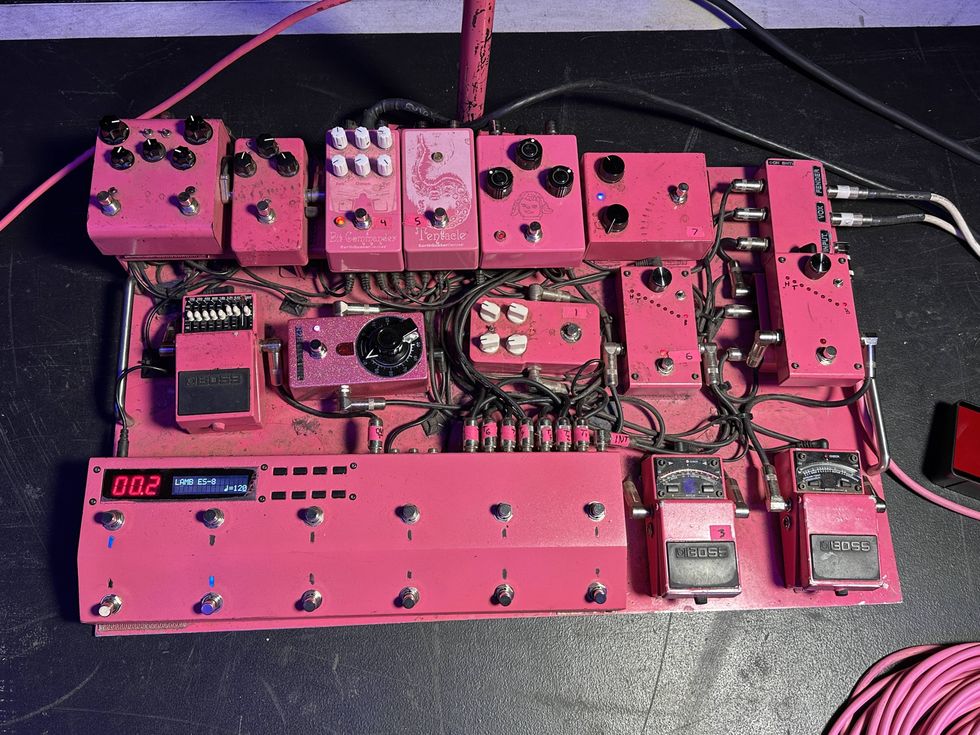
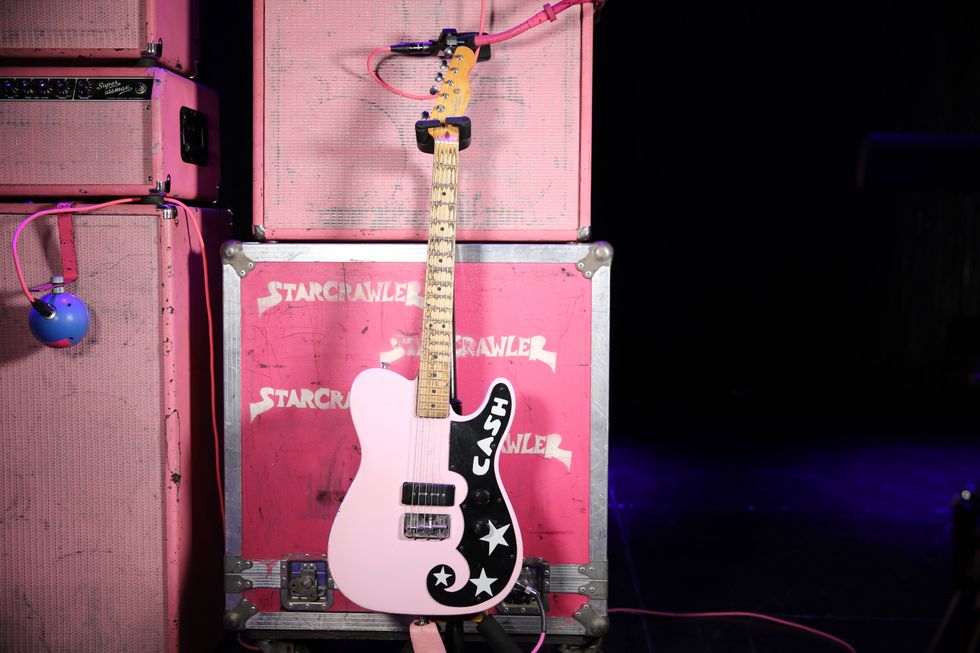
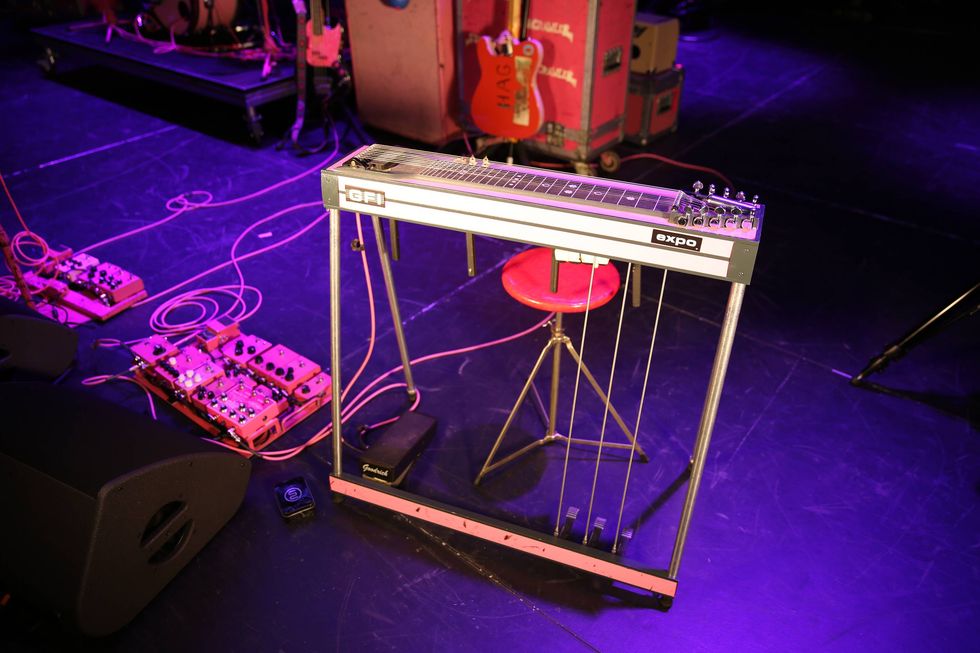
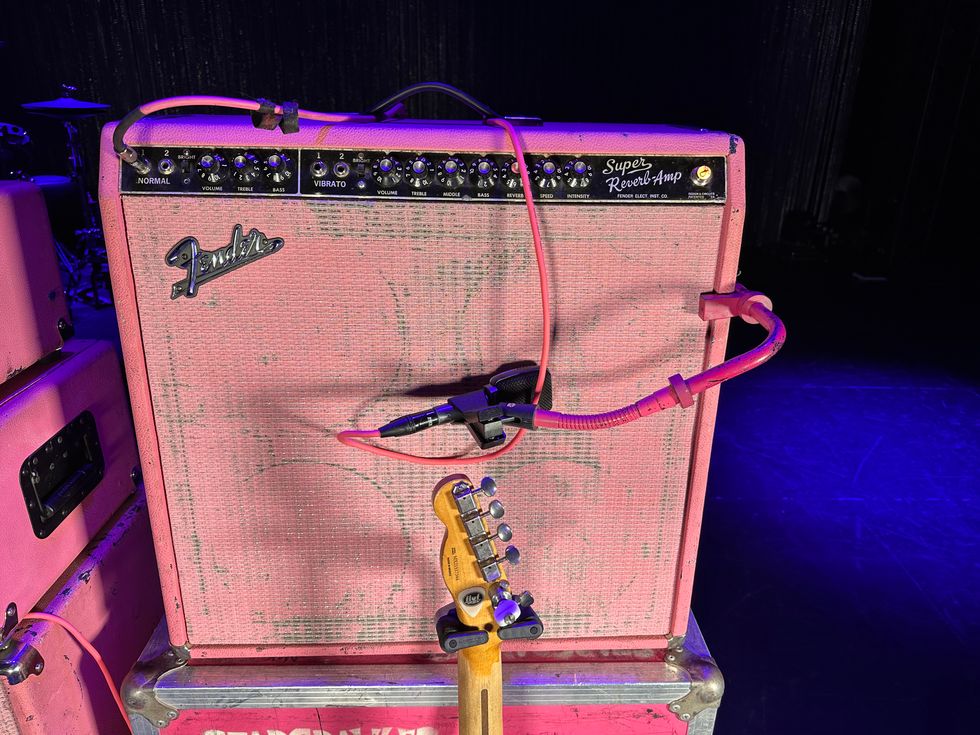
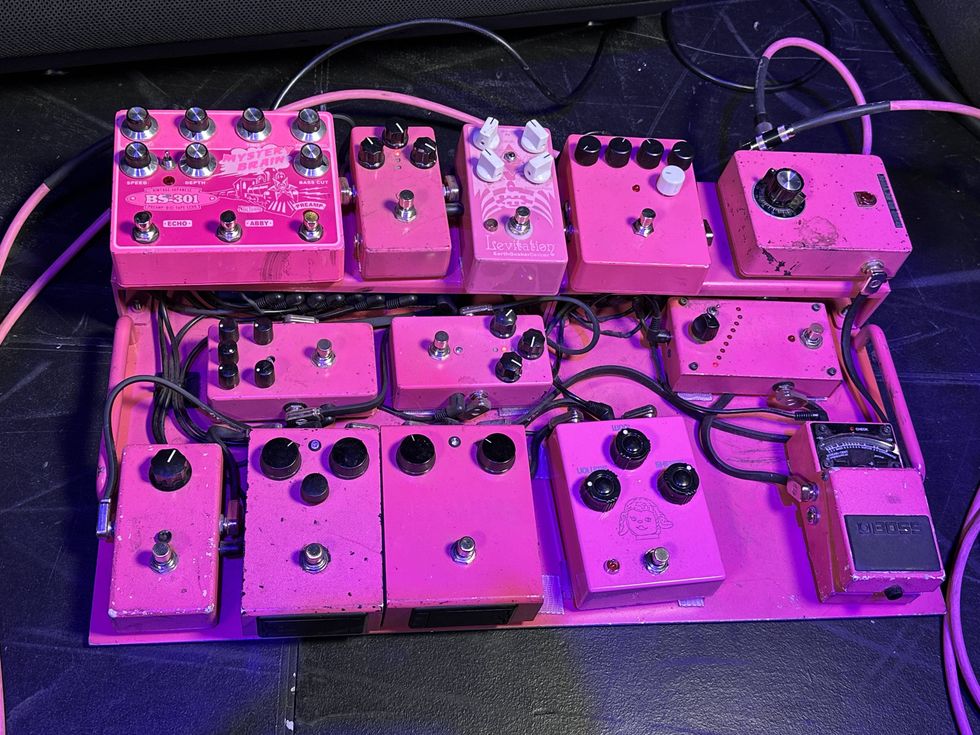

![Devon Eisenbarger [Katy Perry] Rig Rundown](https://www.premierguitar.com/media-library/youtube.jpg?id=61774583&width=1245&height=700&quality=70&coordinates=0%2C0%2C0%2C0)






